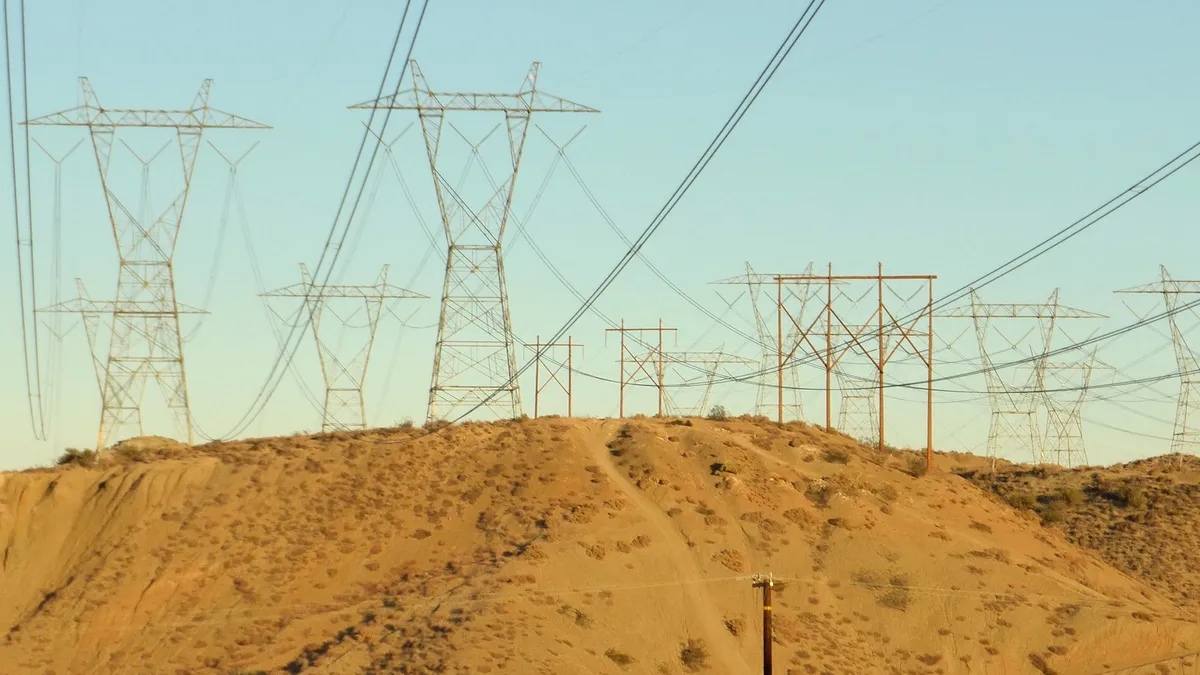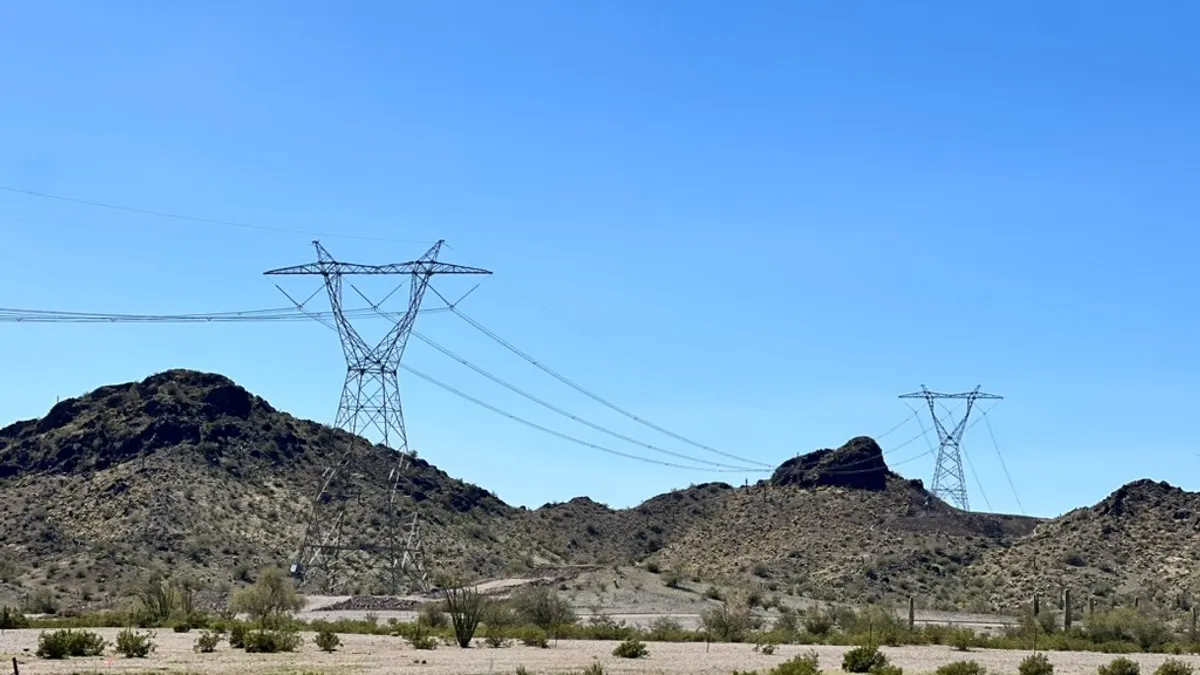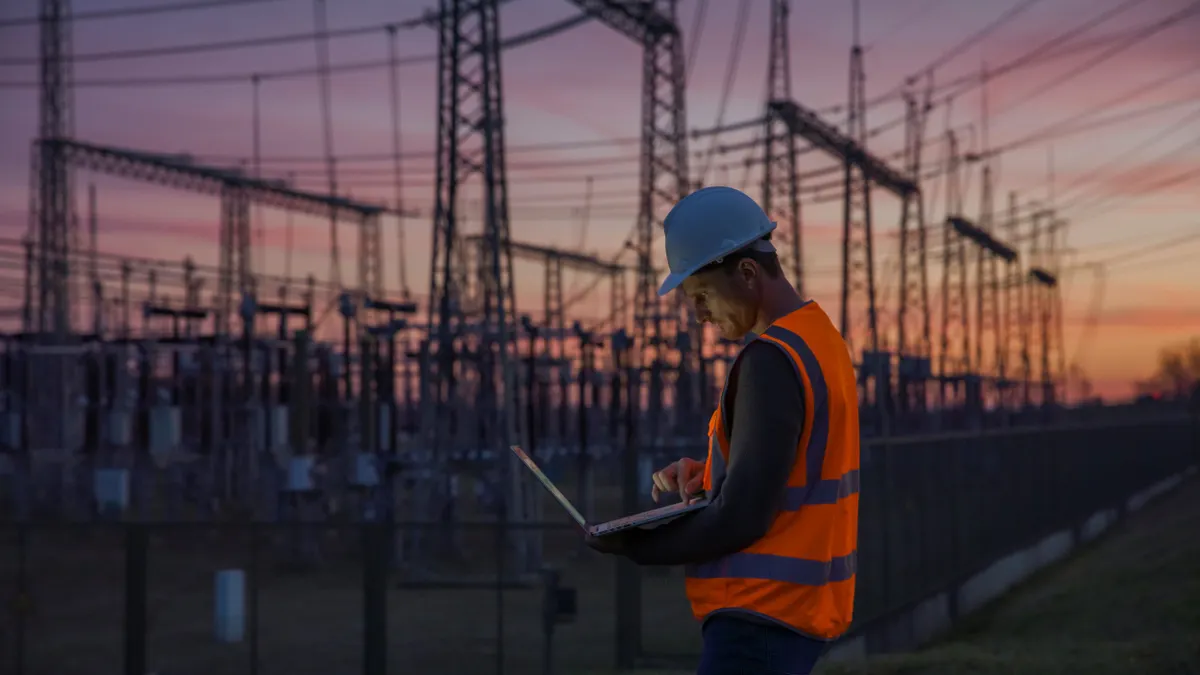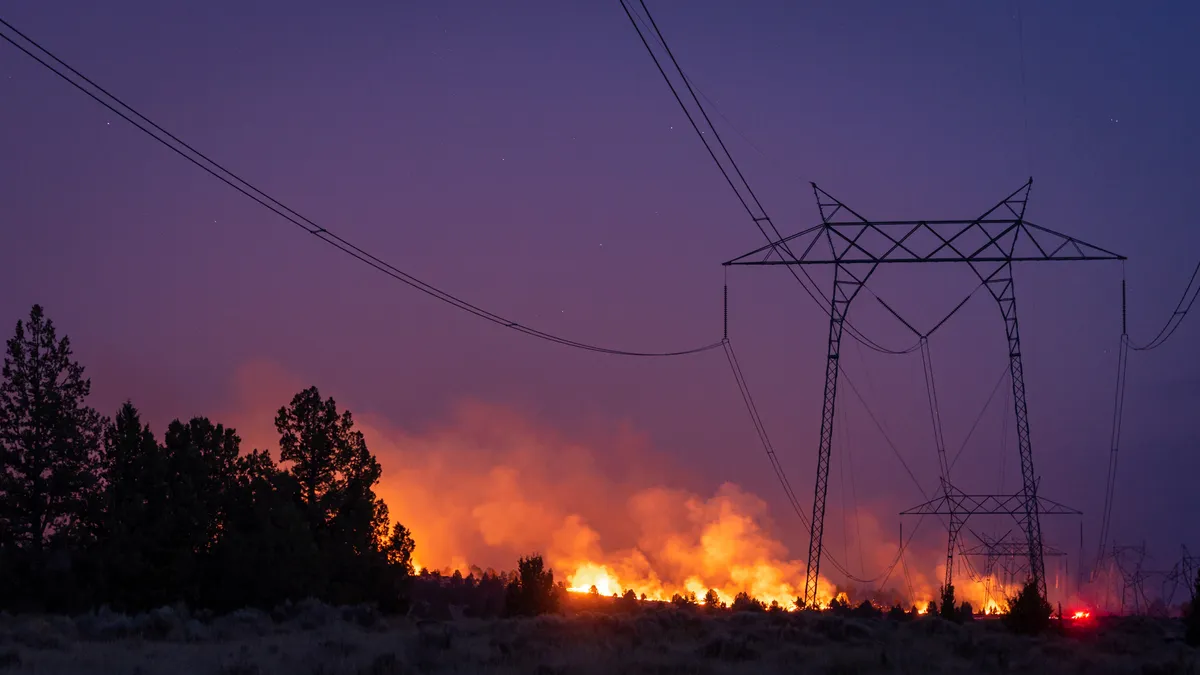In a move that could affect the pending national transmission buildout, the Federal Energy Regulatory Commission on March 17 rejected Pacific Gas & Electric Co.'s requested 13.3% return on equity for its transmission assets, saying a 9.3% "base" ROE was appropriate for a utility with average risks.
The decision in the long-running case, which involves PG&E's ROE for a one-year period starting March 1, 2017, comes as utilities are preparing to increase their transmission spending, partly to help bring renewable energy from remote areas to urban centers.
Some industry observers see the move as part of a more consumer-oriented shift by FERC.
Changes to how much ROE utilities can garner from their transmission assets affect their earnings and customer electricity bills. In the annual report it filed last month with the Securities and Exchange Commission, American Electric Power said losing a 0.5% ROE incentive for being a regional transmission organization member would reduce its annual pretax income by $55 million to $70 million.
FERC's methodology for determining an appropriate ROE changed several times between 2014 and 2020, including after PG&E initially asked for a 10.4% base ROE for its transmission owner tariff, which is updated annually. The San Francisco-based utility also asked for a 0.5% ROE "adder" for being an RTO member.
In a key finding in its decision, FERC rejected arguments that PG&E deserved a higher return to reflect heightened risks the utility says it faces, such as wildfire threats, California's inverse condemnation laws, and the state's aggressive environmental goals and frequent changes to those goals.
There is no evidence investors thought PG&E faced above-average risks when the utility filed its rate request or during the time span the rates covered, according to FERC. "This cost of capital is informed by the contemporary, not future, perception of risks by investors," the commission said.
FERC Commissioner James Danly dissented from the decision, noting PG&E filed for bankruptcy in January 2019 as it faced at least $20 billion in losses from wildfire-related liability.
"With the nation's largest utility recently bankrupt, now does not seem like an opportune time to slash its ROE based on esoteric arguments that the risks did not seem so bad back in 2017," Danly said.
FERC Commissioner Allison Clements filed a partial dissent, arguing the approved ROE is too high. FERC's ROE methodology is flawed and doesn't adequately protect consumers, according to Clements.
Separately, the U.S. Court of Appeals for the Ninth Circuit on March 17 upheld a FERC decision that PG&E was eligible for the 0.5% ROE incentive for being a member of the California Independent System Operator. The court agreed with FERC that California doesn't require its utilities to be CAISO members and the extra return acts as an incentive.
Is FERC tilting toward consumers?
The decision signals a change in how FERC balances the interests of utility shareholders and customers in its ROE decisions, according to Tyson Slocum, Energy Program director for Public Citizen, a consumer watchdog group.
"There does seem to be a more-than-subtle shift in commission policy to take a harder look at return-on-equity issues in favor of the consumer," Slocum said, noting that transmission and distribution charges are major factors in rising electric utility bills.
Slocum attributes some of the shift at FERC to Commissioner Mark Christie, former chairman of the Virginia State Corporation Commission.
"His experience as a Republican state regulatory chair is bringing in some important perspectives," Slocum said. "I think Christie's laser focus on ensuring that ratepayers are being fairly treated, I'm sure, is also contributing to the commission's newfound interest in protecting consumers."
Generally, FERC commissioners appear to be supporting a buildout of the U.S. transmission system, according to Slocum.
"The fact that they are underpinning their support for expanded transmission with reining in and limiting costs to consumers is incredibly important," Slocum said.
Paul Patterson, an equity analyst with Glenrock Associates, also sees a tilt toward consumers in FERC's decision.
"FERC, institutionally, I think it's changing," Patterson said. "I think it's becoming more pro-consumer, and all these [transmission] incentives that they've been providing have been called into question by [FERC Chairman Richard] Glick."
Cost of capital and California's energy transition
FERC's decision could affect state ROE decisions, according to Patterson, who pointed to proceedings at the California Public Utilities Commission that set the cost of capital for PG&E, Southern California Edison and San Diego Gas & Electric Co.
"When you have a major regulatory body like FERC saying, ‘Hey, we think you'll be OK with this [ROE],' then you have to wonder whether states, other jurisdictions, will take a cue from that and say, ‘Maybe we can employ the same methodology,'" Patterson said.
The Environmental Defense Fund opposes a pending request by California's investor-owned utilities that they be allowed to increase their overall ROEs to reflect what they say are heightened risks such as the COVID pandemic.
The requested increase could stymie California's efforts to slash greenhouse gas emissions, according to EDF.
"If rates are set too high, customers will be discouraged from investing in the building and transportation decarbonization measures that will be required to meet our GHG goals," EDF told the CPUC in late January.
The cost of capital "is all about risk," according to Michael Colvin, EDF director of regulatory and legislative affairs.
California has taken steps to insulate its investor-owned utilities from risks in various ways, including by allowing them to set up arrearage accounts for overdue bills, pass through the costs of renewable energy contracts to customers and be covered by a wildfire emergency fund, Colvin said Tuesday.
Reflecting how those measures lower financial risks, California's publicly traded utility companies outperform their peers in other states, according to Colvin. The utilities' PUC-approved ROEs for their investments range from 10.2% to 10.45%, with PG&E garnering a 10.4% return on equity, Colvin noted.
Looking ahead, the PUC is starting the next 3-year cost-of-capital cycle, with utilities' initial proposals due next month.
EDF will propose granting the utilities a higher return on their electric investments than on their natural gas expenditures as an incentive to move away from fossil fuels, according to Colvin.
Meanwhile, Colvin said, California is preparing to add significant amounts of new transmission to help the state meet its GHG reduction goals, which has sparked concerns about the financial impacts of FERC's ROE decisions for transmission.
State lawmakers have been discussing how to get around FERC jurisdiction over transmission to avoid the ROEs it approves, which they consider overly generous, according to Colvin. California could set up a transmission authority to finance new infrastructure, for example, Colvin said.
However, FERC's decision on PG&E's ROE could ease those concerns, according to Colvin.
"If FERC were consistent and did the same thing for Southern California Edison and for San Diego Gas & Electric, then I think some of the state-level conversations that we're having might go in a different direction," Colvin said.























